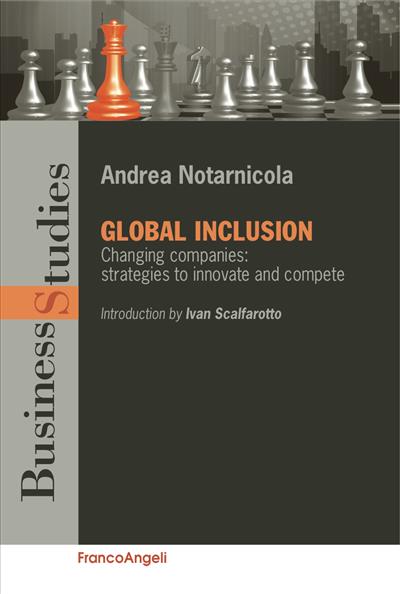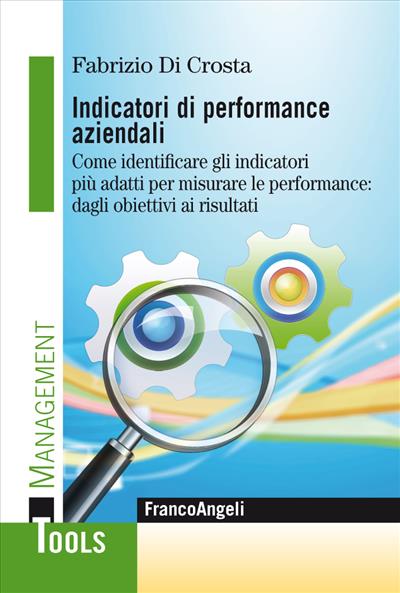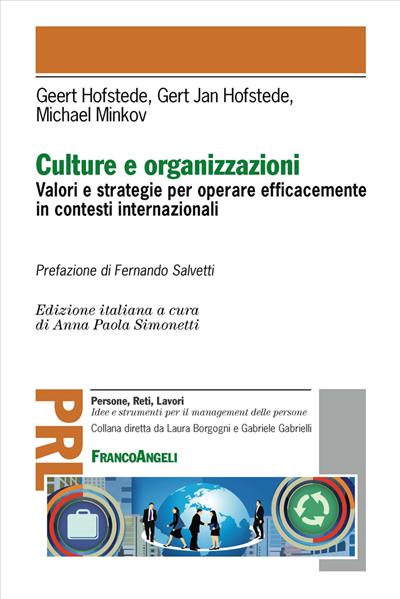
Global inclusion.
Changing companies: strategies to innovate and compete
Andrea Notarnicola’s new book describes the new strategies being adopted by companies to combat conformism. In its composite variety, every company is a small but sizeable universe that works better when it explicitly adopts criteria of inclusion and innovation. In an in-depth examination, the book also reports the case of businesses in Italy that have decided to apply this strategy in promoting the inclusion of GLBT people to create a fertile, authentic work environment for everyone.
Pagine: 206
ISBN: 9788891723543
Edizione:1a edizione 2015
Codice editore: 1490.56
Possibilità di stampa: No
Possibilità di copia: No
Possibilità di annotazione: No
Formato: PDF con DRM Readium LCP
Pagine: 206
ISBN: 9788891723550
Edizione:1a edizione 2015
Codice editore: 1490.56
Possibilità di stampa: No
Possibilità di copia: No
Possibilità di annotazione: Sì
Formato: ePub con DRM Readium LCP




